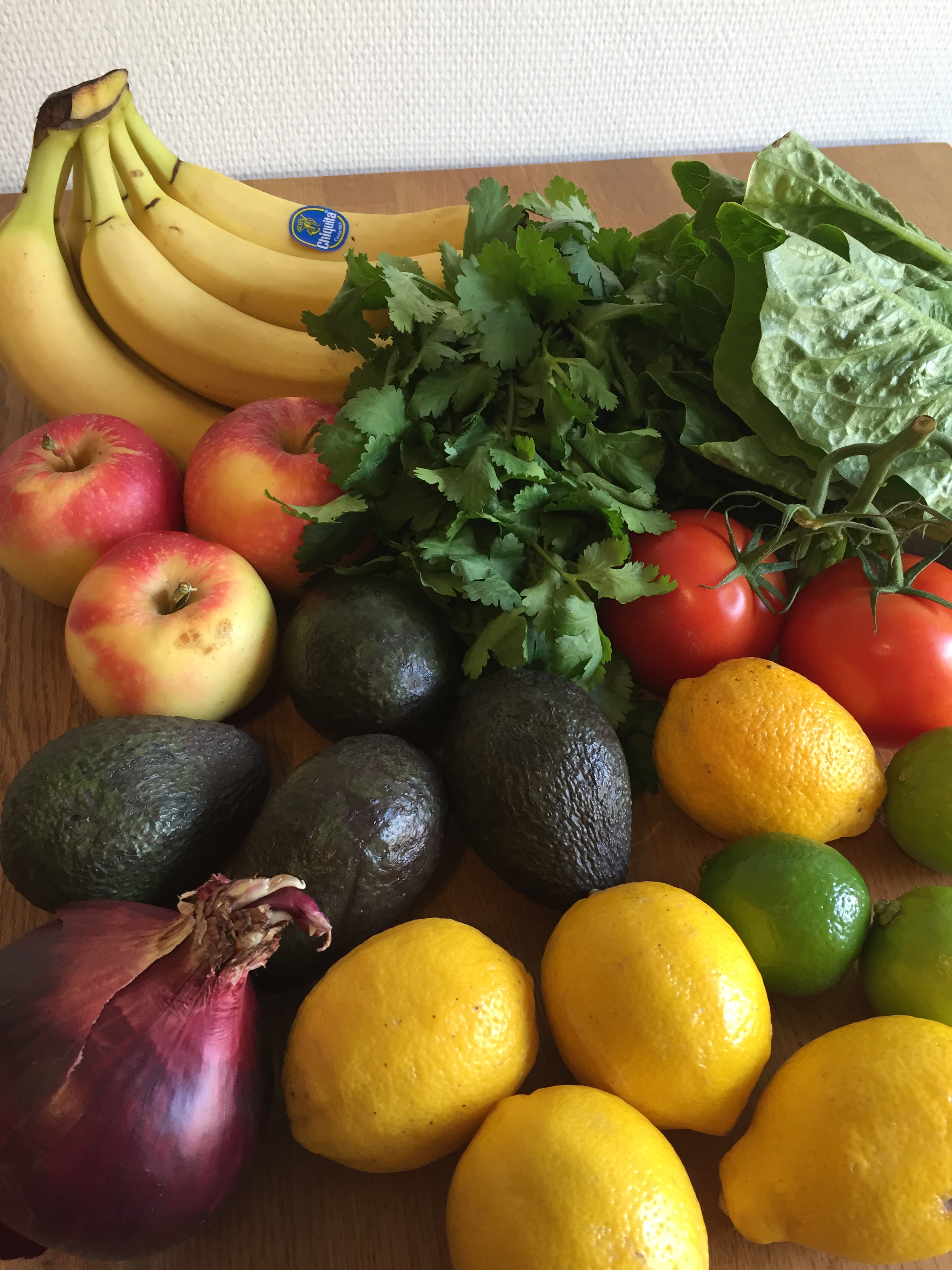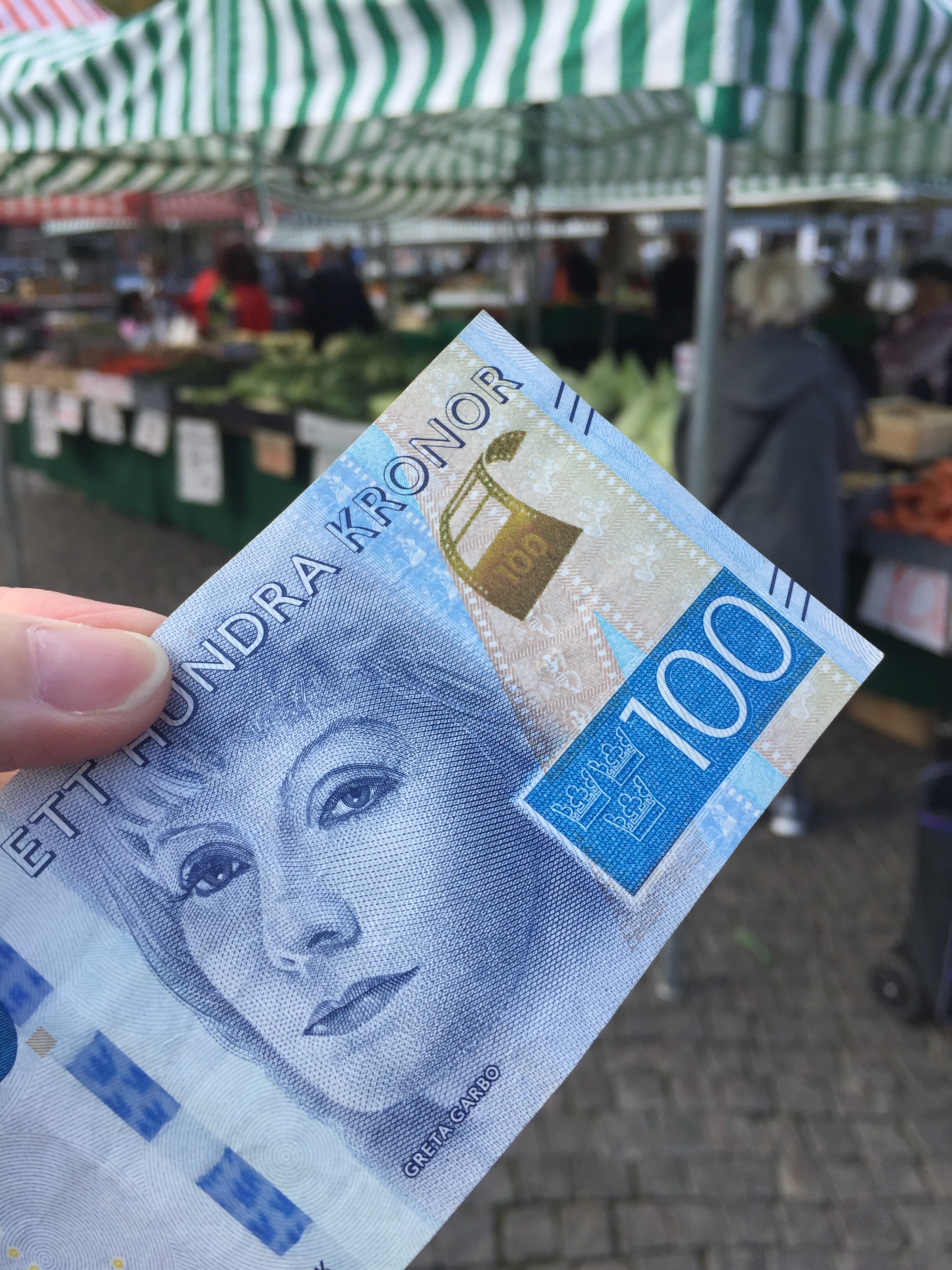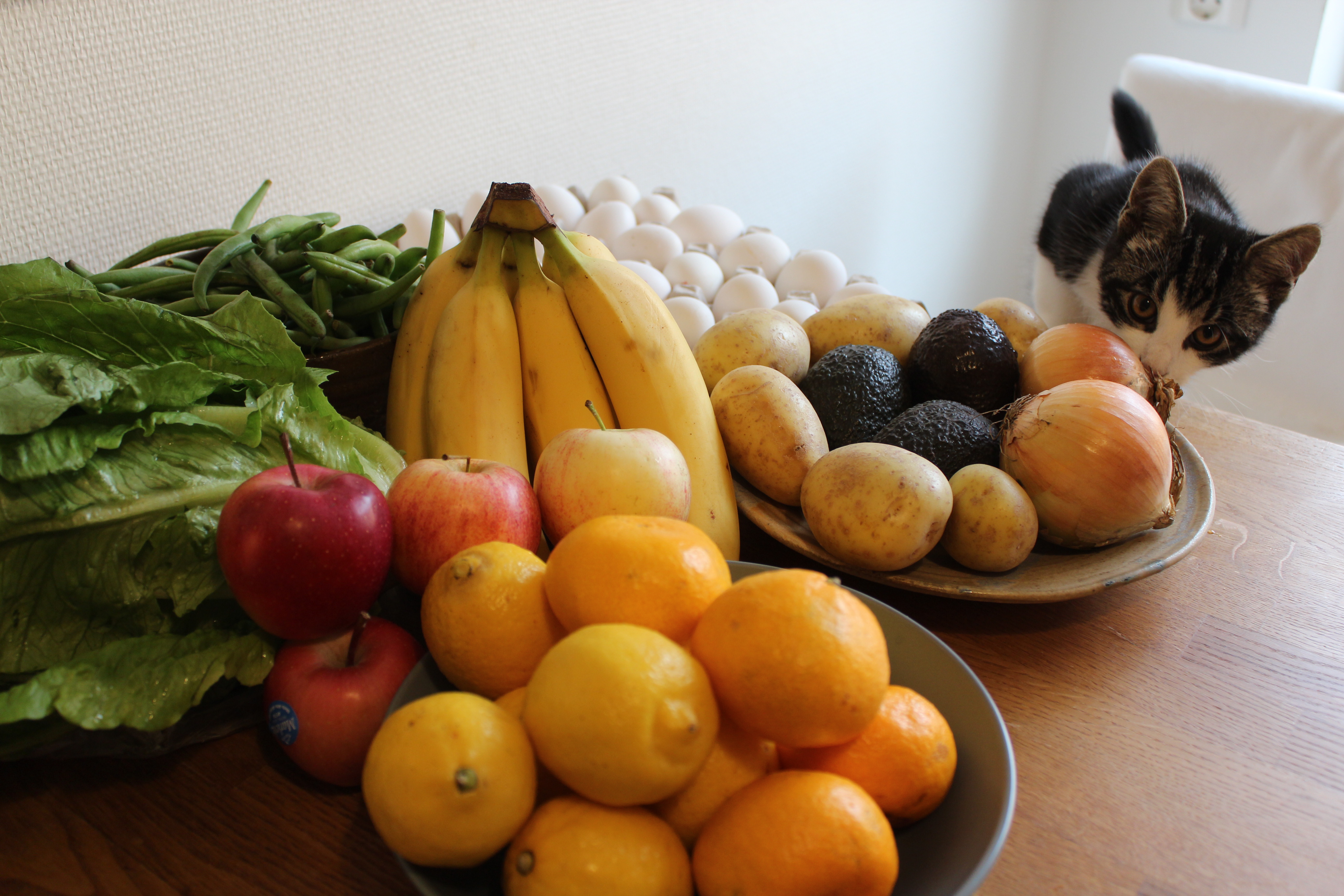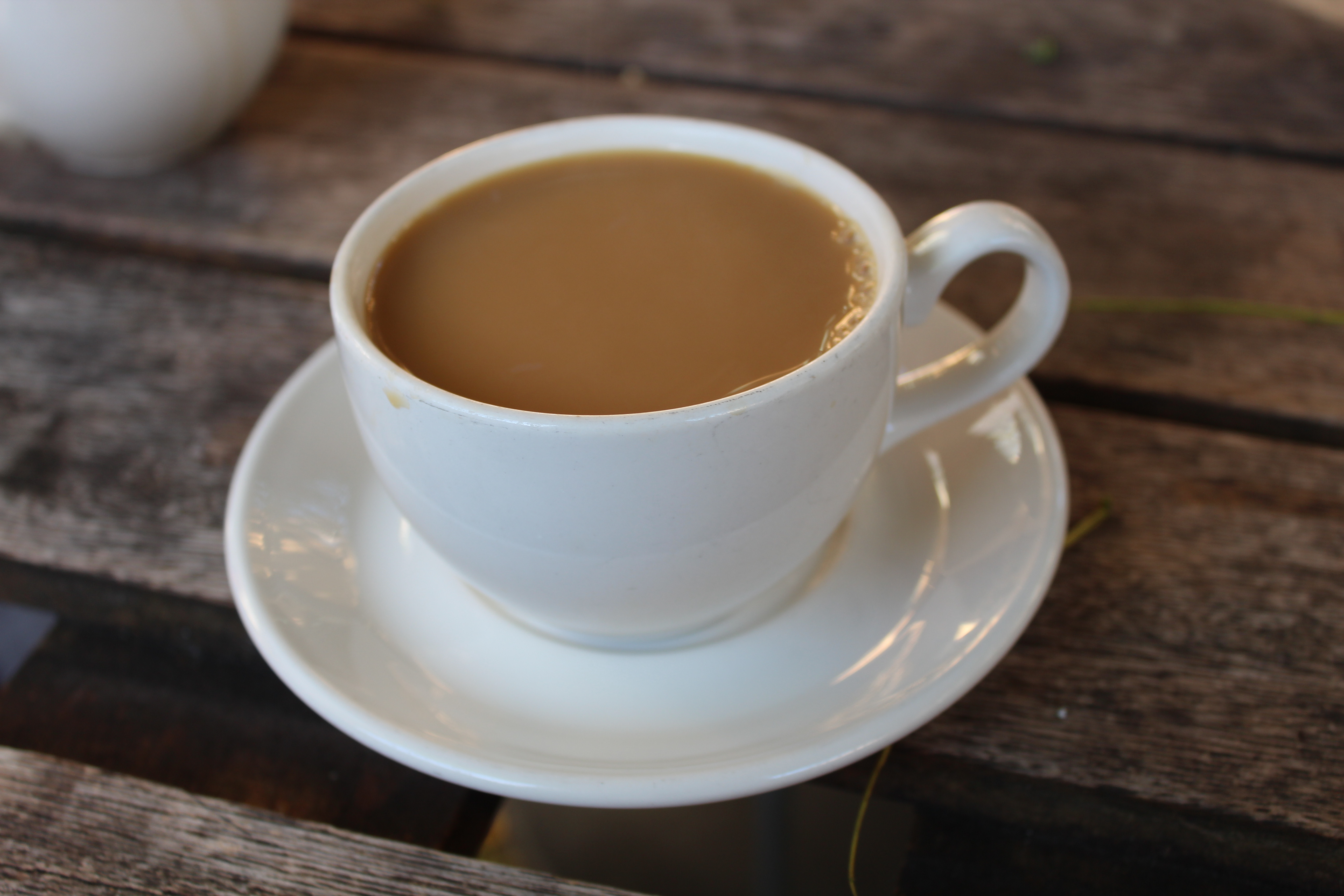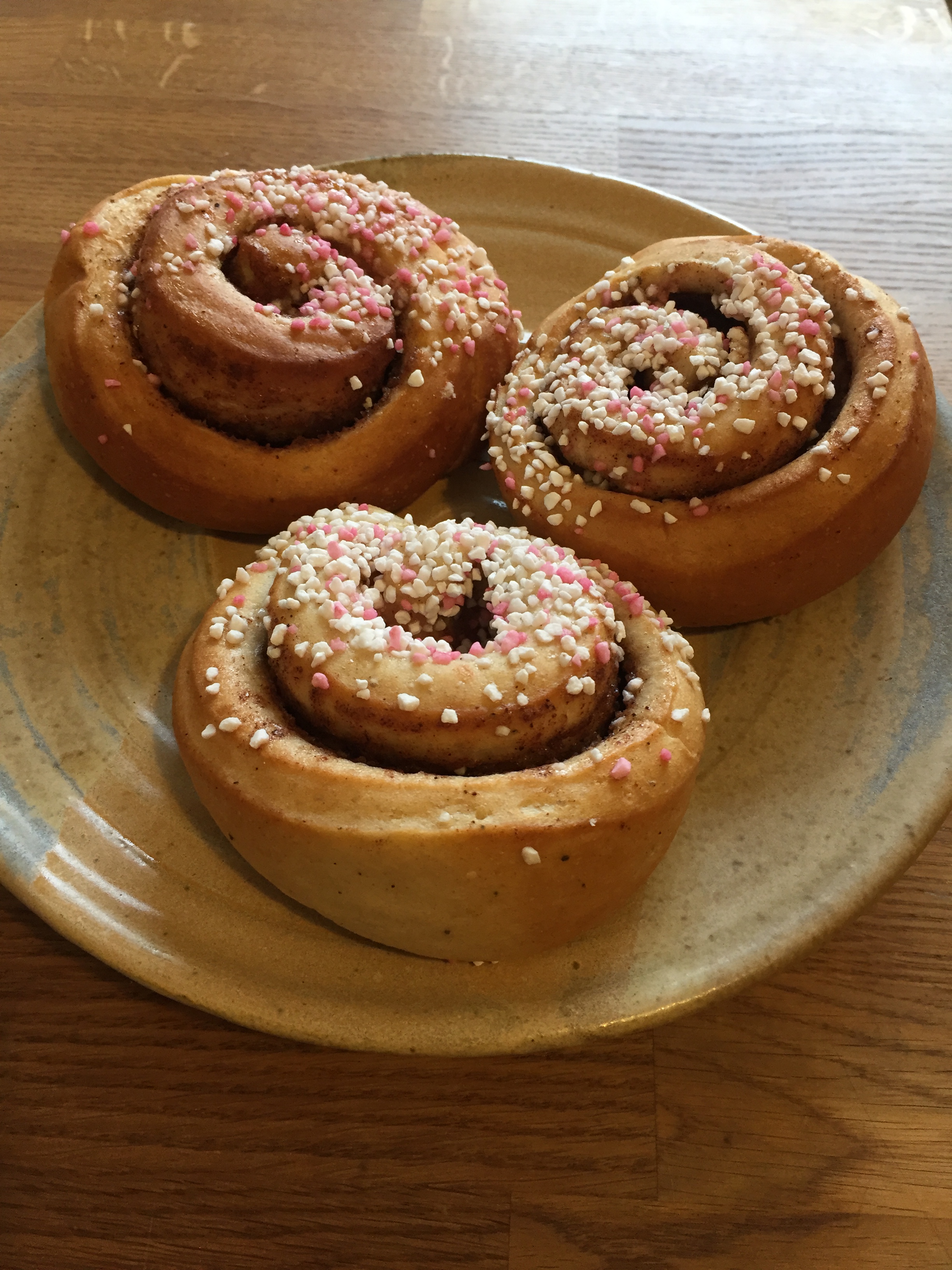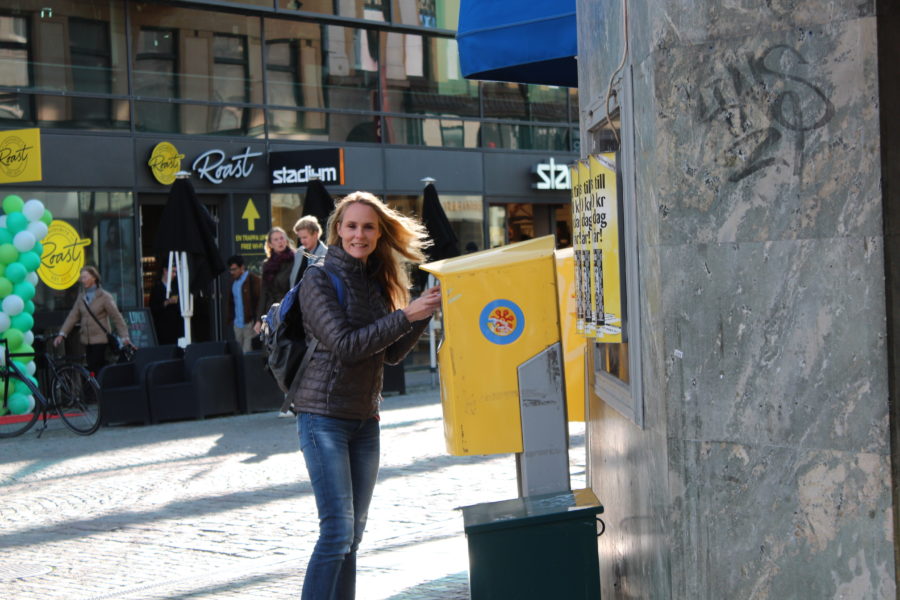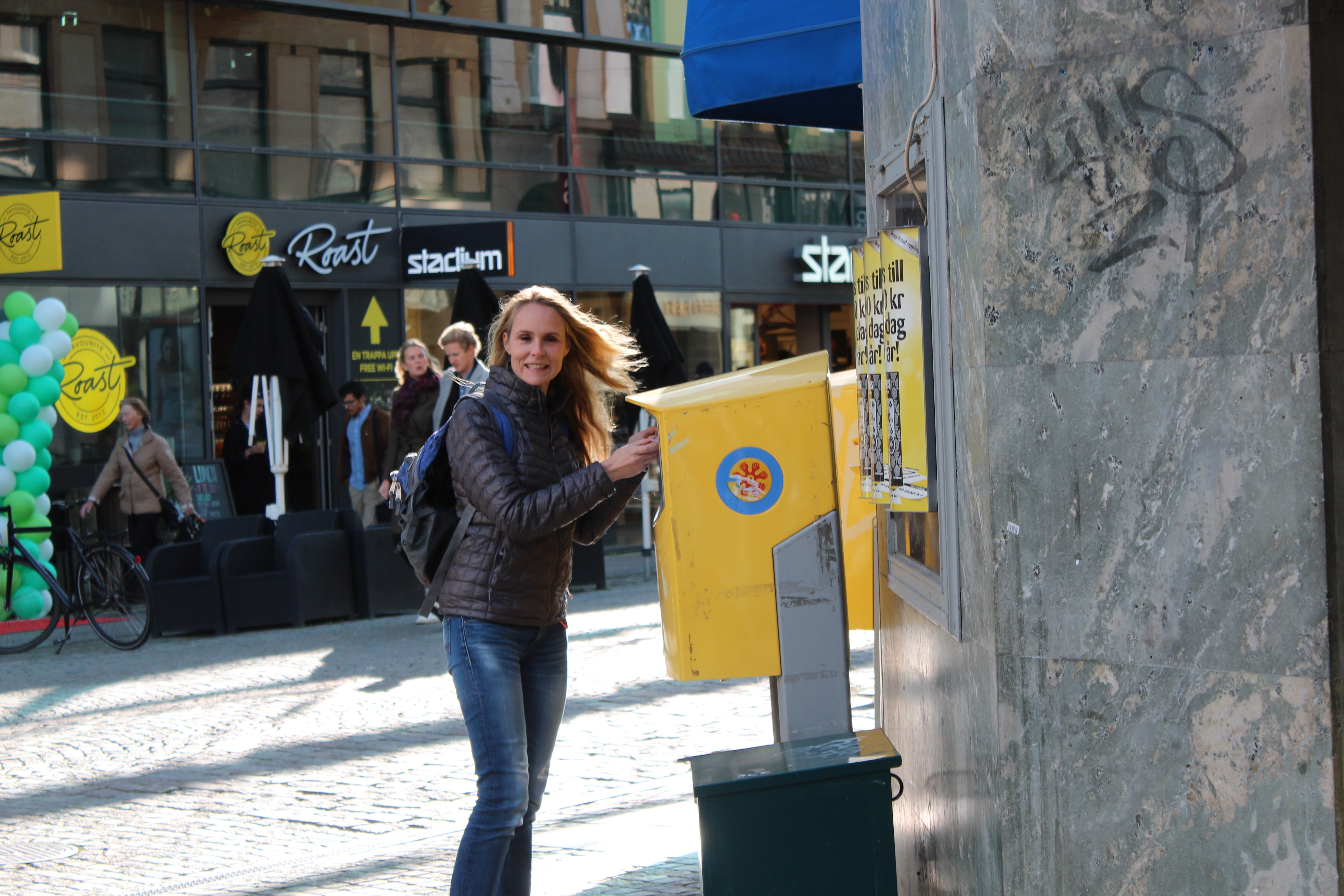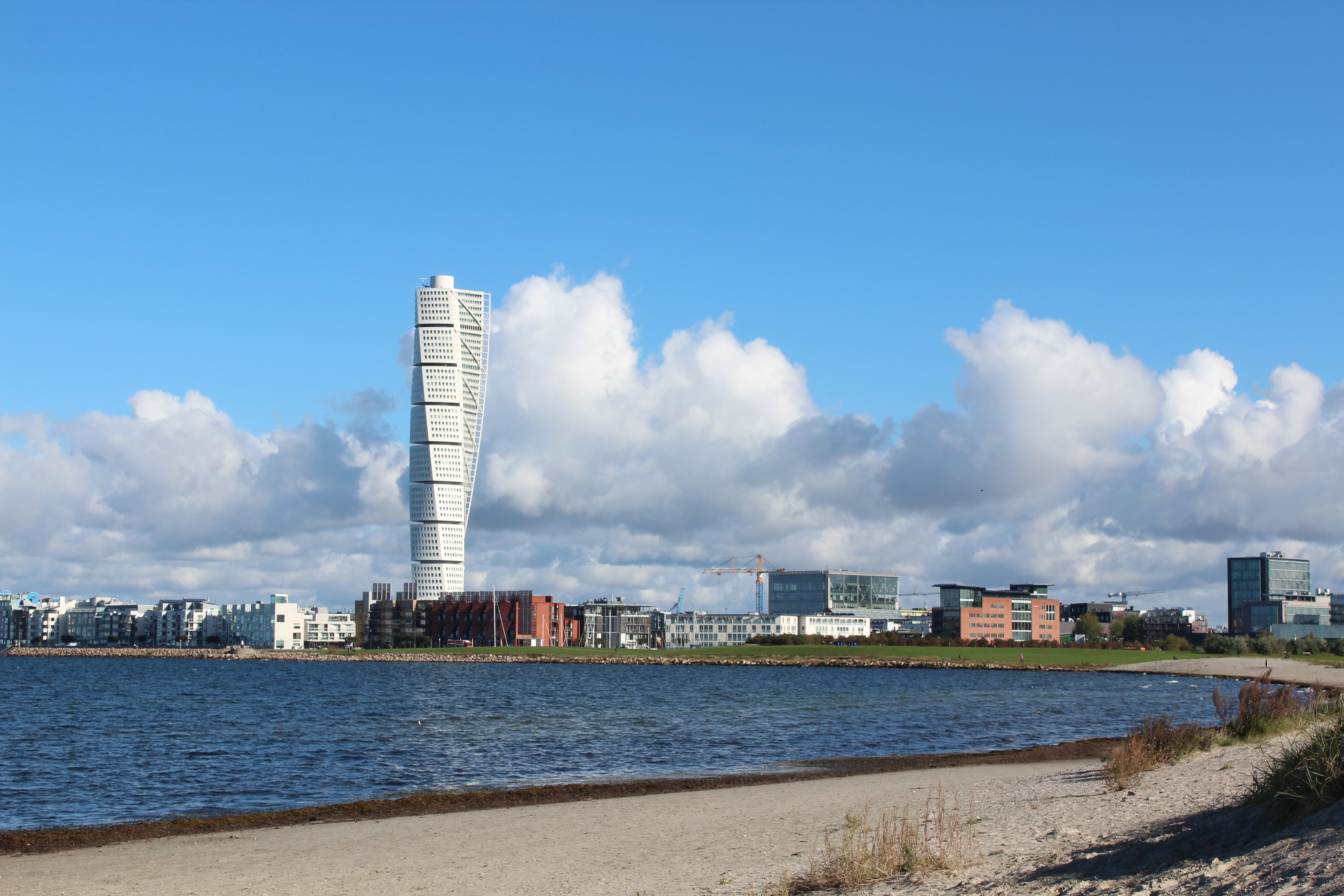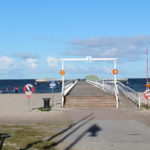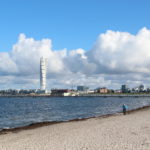Before we moved to Sweden I had heard that November was the hardest month emotionally. As the trees drop the last of their golden leaves, the days get shorter and the temperatures plummet; it can be easy to develop a case of the winter blues.
A simple Google search back in May pulled up more than a few top ten type guides, most of them proposing the same kind of advice I would give to any friend struggling with a mild case of depression – exercise, make friends, dress up every once in a while, invest in yourself.
The articles all suggested November travel and one even specifically suggested going to California for the rest of the winter. When I read that, sitting at a computer in California, I didn’t laugh. I took a deep breath and started researching light lamps.
But here we are, more than half way through November, and I have to say, it does feel like winter. The days are short and getting shorter every day. The air is refreshingly crisp as I ride my bike to Swedish class, and the sun can actually be beautiful mid morning. (I have gotten more than one happy morning photo text from Kip riding the train to Älmhult.) But by mid afternoon the weather is often colder, sometimes grey and always darkening. On nice days, a uniquely warm, late afternoon light fills the space between apartment buildings, just before the world drops into total nighttime darkness, a few minutes before 4 p.m. It is winter in Scandanavia.
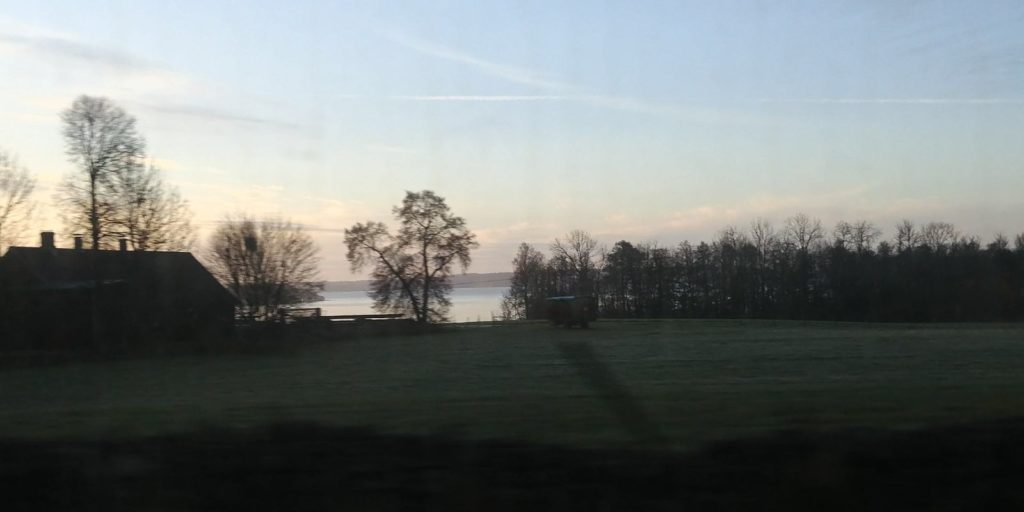
Sweden from the morning train to IKEA headquarters in Älmhult
So now that I am well on my way to being a veteran of the notorious November, what are my survival tips?
Exercise
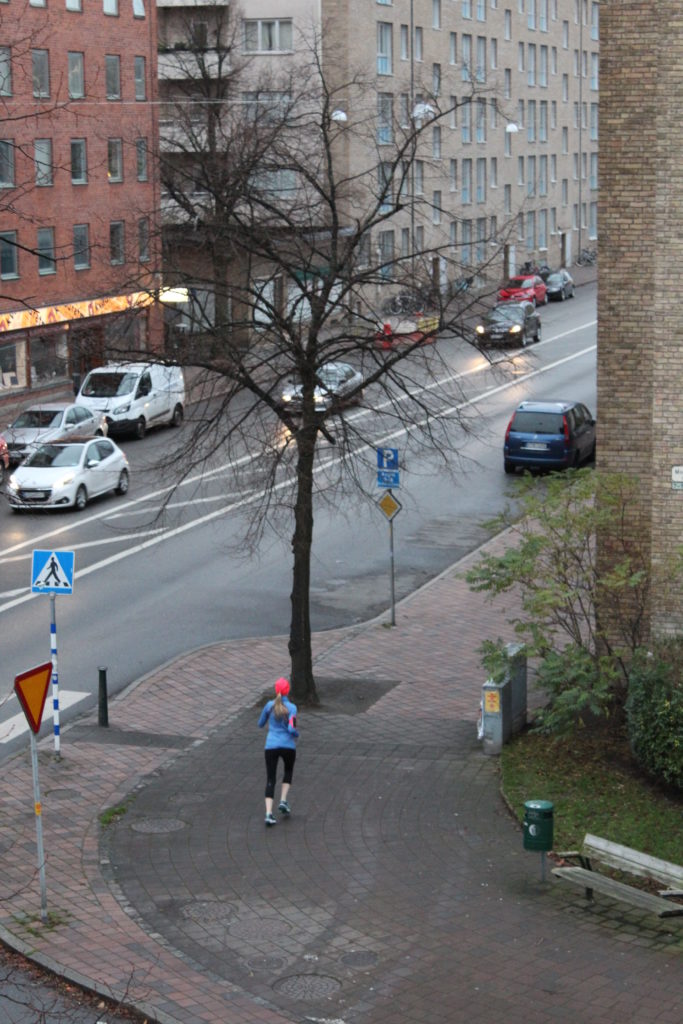
It’s cold, sometimes raining, sometimes blustery, but there is no way around it, exercise is key, maybe THE key. And for someone who once ran marathons and had a daily running route involving running three miles up a mountain and through a hilly neighborhood in Malibu, I acutely know that I have not been following this advice enough. I need more exercise.
I still lace up and run a few times a week, and I try to get “every day” exercise by biking more places than I drive. And if I am being generous with myself, I might even count the squats I do while playing with our overactive kitten. But it is not enough. If I cannot convince myself to run or bike more, I might need to join a gym.
Invest in Friendship
I read this advice on all the blogs: Get out. Make friends. Be intentional about having a social life. This is all true, and ironically easier for us here in Sweden than it was in sunny California. From the first weekend we moved to Malmö we have met generous, hospitable people who have eagerly invited us into their homes.
We may have a bit of a social advantage in that we visited a couple of international English speaking churches, both of which were full of English-speaking internationals happy to have new potential friends arrive in Sweden. But it has not just been other expats who have welcomed us with open arms. On the second weekend that we were in Malmö our whole family was invited to an elaborate dinner party, hosted by an extraordinarily hospitable Swedish couple who wanted to include us in a midsummer family meal. And that was just the beginning. Our time here has been full of meeting new people, exchanging numbers and social media, and getting together for fika, lunch at a restaurant, dinner in homes or even just a run in the park. When we had a birthday party for Kip last month our apartment was full of new friends, none of which we knew this time last year.
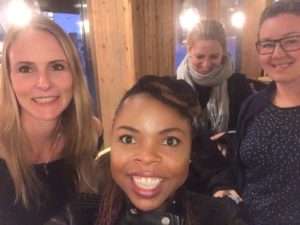
Selfies, fika and an international bouquet of new friends from the Ukraine, South Africa, Denmark and me.
Warm Clothes
I have heard more than one person in Malmö quip that there is no such thing as bad weather, just bad clothing. And that is not true. Some days can only be described as “bad weather,” but the right clothing goes along way. In Malmö, the right clothing includes windproof, waterproof coats, hats, scarfs, gloves, wool socks, warm shoes; almost none of which we had after living 14 years in southern California.
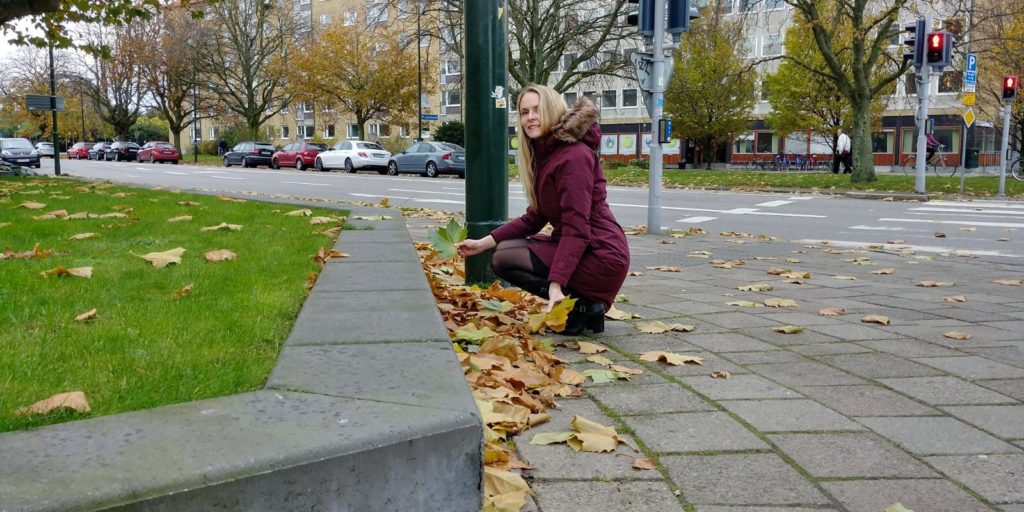
The North Face coat I bought in LA made its debut the middle of October.
But I bought a few things in Los Angeles before we came here, and I have also had some luck at a few of the nicer thrift stores here. For a fraction of what I paid for the parka I bought at the North Face outlet in Camarillo, I found a perfect winter coat that is long enough to keep me warm and short enough to not get in the way of riding a bike. Even so, with every passing day of colder weather, I am making a list for Santa: longer running tights, warmer jeans, better gloves, maybe long underwear. The barefoot days of summer seem like a long time ago.
Sunshine Travel
I had read that it is a good idea to travel to sunnier places in November, but I thought it was an expat suggestion, not a cultural norm until we got a 7 a.m. flight out of Copenhagen on the first Saturday of “Fall Break.” The airport was packed like Disneyland in July. And that is when I learned that all school children in Sweden got that week off of school. Anyone who could afford to leave the winterlands headed south. We went to the island of Madeira, off the coast of Africa, and heard Swedish all week long.
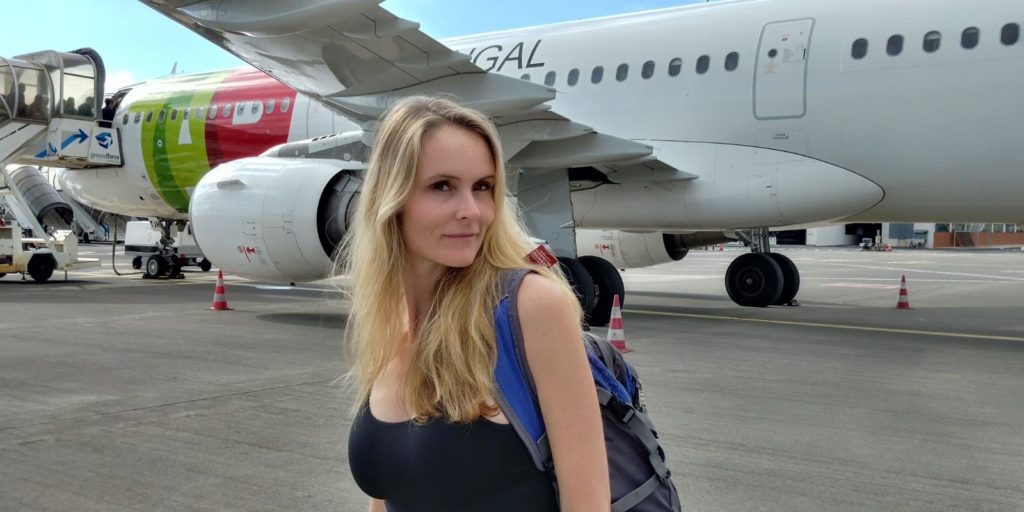
Where to next November?
Vitamin D
Apparently human bodies really need vitamin D to stay healthy and avoid a whole host of chronic illnesses. Fortunately the body makes vitamin D on its own. It is one of the great things about being human, but with the sun barely shining directly on Sweden in the winter and 95 percent of my body covered with layers of clothing, I realized that I might not be getting enough. I had been strongly advised to take vitamin D, and I had been taking it earlier in the fall, but when I got busy with life I forgot to include it in my daily routine. Then I started noticing that I was tired, really tired. I started taking vitamin D supplement again and it seemed to help significantly.
Learn Something New
Swedish friends have told us that winter is the time you catch up on Netflix, and I can see how that might happen. I watched six episodes of Homeland over one weekend until I realized I was low on Vitamin D and feeling sad about not being in the US for Thanksgiving.
Entertainment induced brain slack is not a good November survival strategy. Taking on a new challenge is much more rewarding. Reading books, taking a class, trying new recipes, practicing a musical instrument all makes November a happier month.
In addition to my Swedish class, I have been reading an amazing biography on the German theologian, Hitler conspirator, Dietrich Bonhoeffer, and I can’t stop talking about how amazing it is. It takes more effort to pick up a biography than watch tv, but its totally worth it.
Light up the House
I met a Swedish girl at a party who told me November was her favorite month in Sweden because it was the time she pulled out all of her winter decorations, her candles and window lights. And I can totally understand that.
We finished furnishing our apartment just before Kip’s birthday in October, so winterizing our decorations was as simple as adding a few more candles and a giant IKEA star in the window. Even though the world is dark and cold outside we have created an oasis of warmth inside.
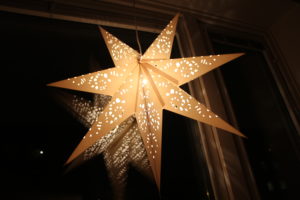
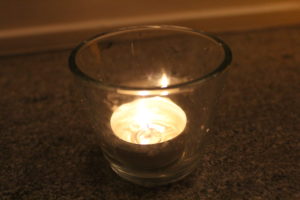
Family Dinner
This is my own addition to the November survival list. We eat dinner together almost every night. We had always wanted to do that in California, but it often seemed difficult to make a priority. There were too many opportunities and obligations on the calendar. Here there seems to be time to eat together, in the dining room. We talk about the day’s highlights, what I read, what someone said at work or on the train, what happened at school, what the crazy cat did. Its rich.
As I am making the list, it has occurred to me that our November life is far better than mere survival. It is full of simple pleasures — family dinners, hospitality, new friends, candles, books, Swedish class. Its simple stuff, really simple; but I think deep down it’s the life that most people wish they had. Who would have thought that life thrives in the cold?
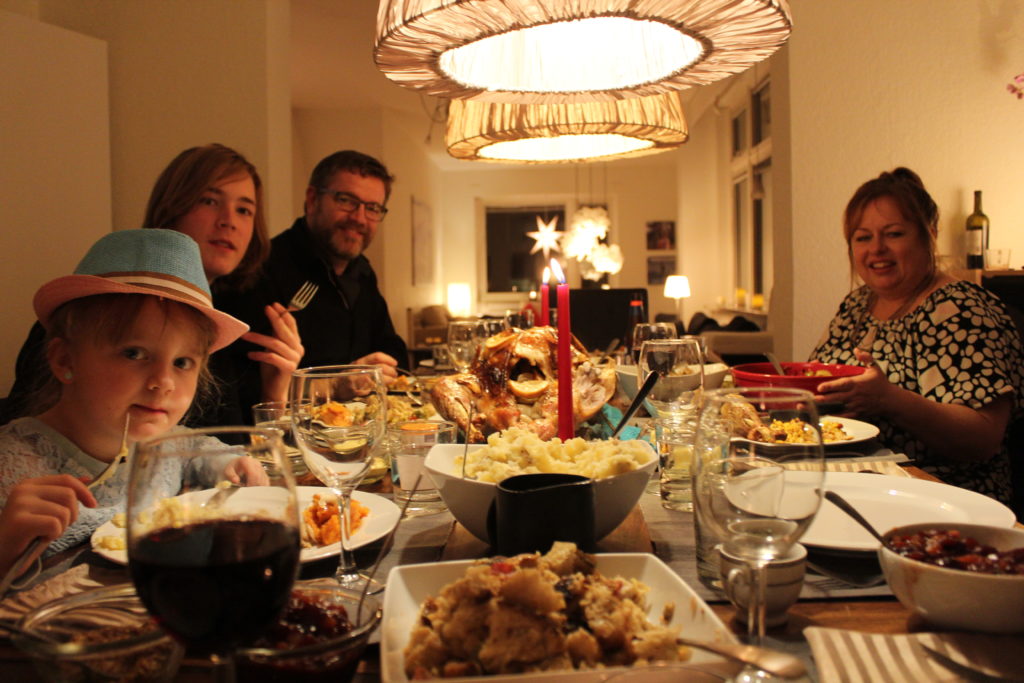
And Thanksgiving! Hosting a thanksgiving feast and inviting Swedish friends should be included in any American’s November survival guide.

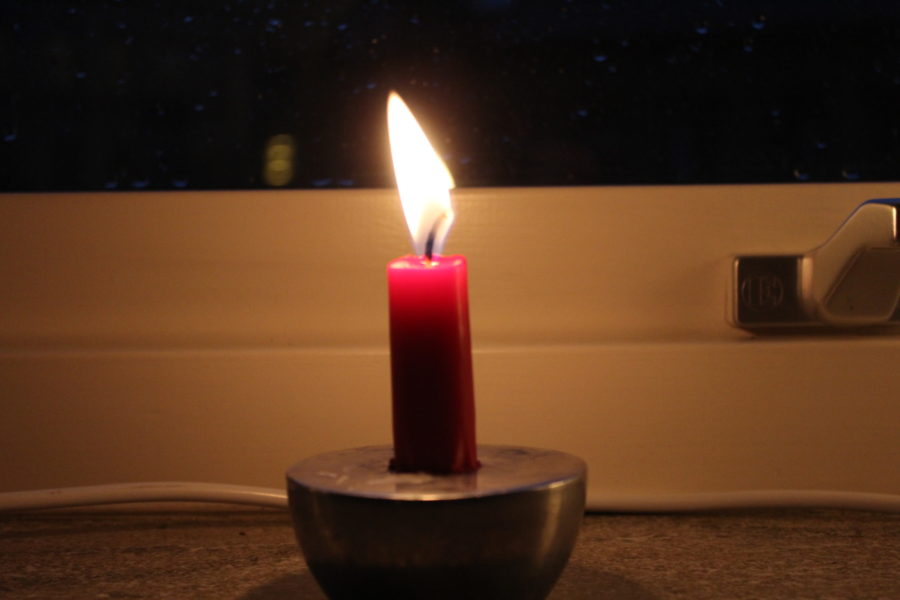
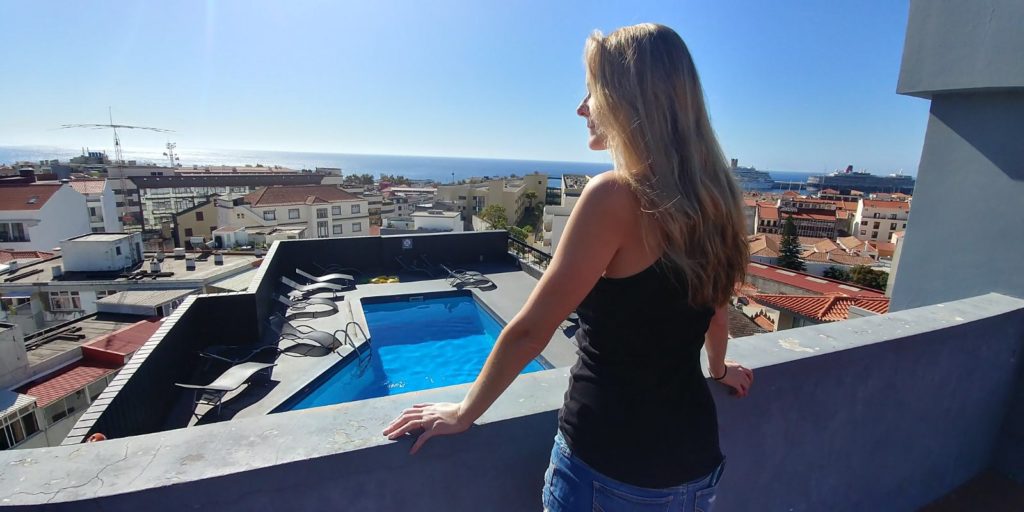

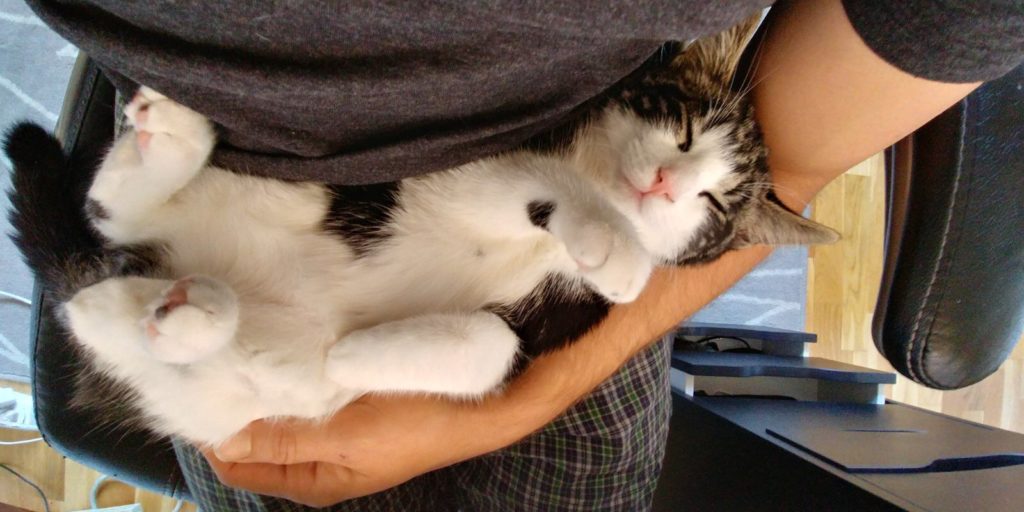
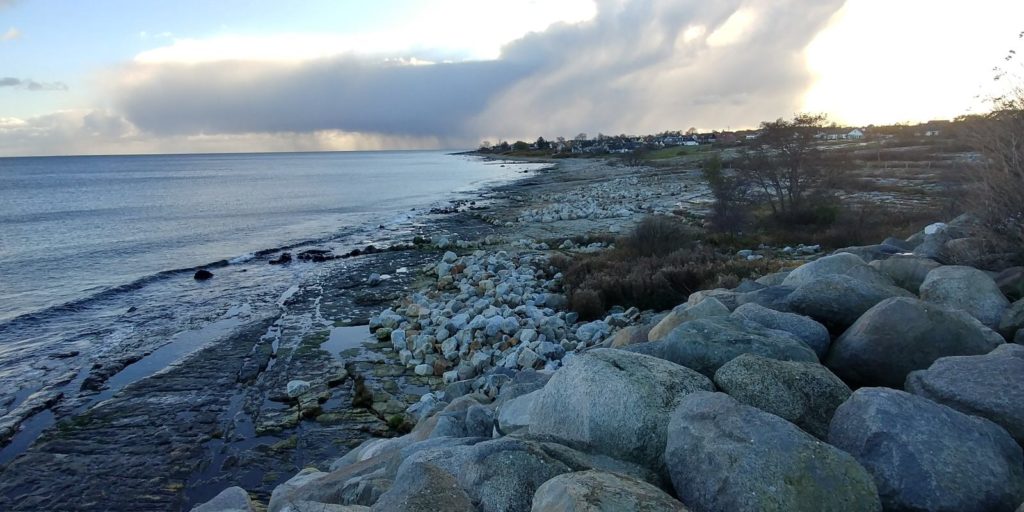
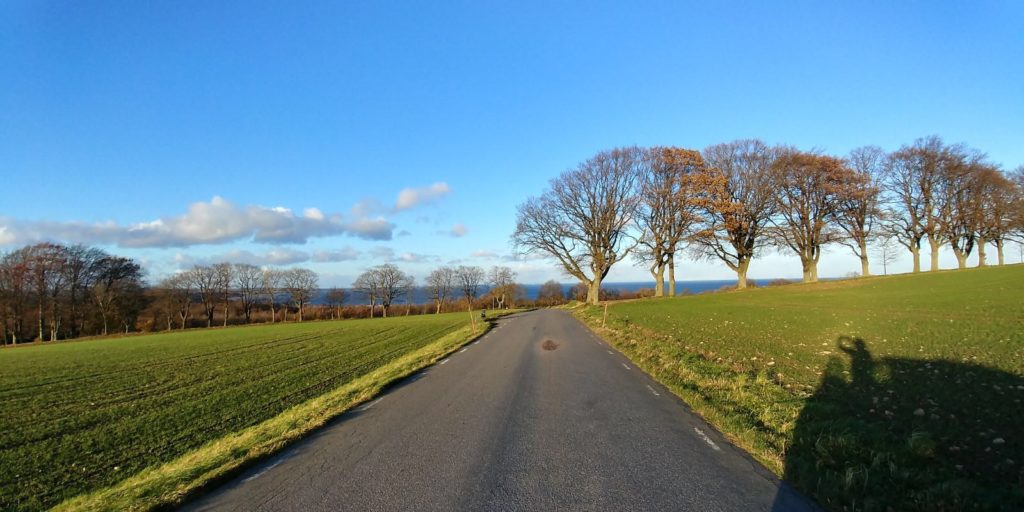

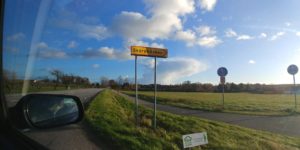
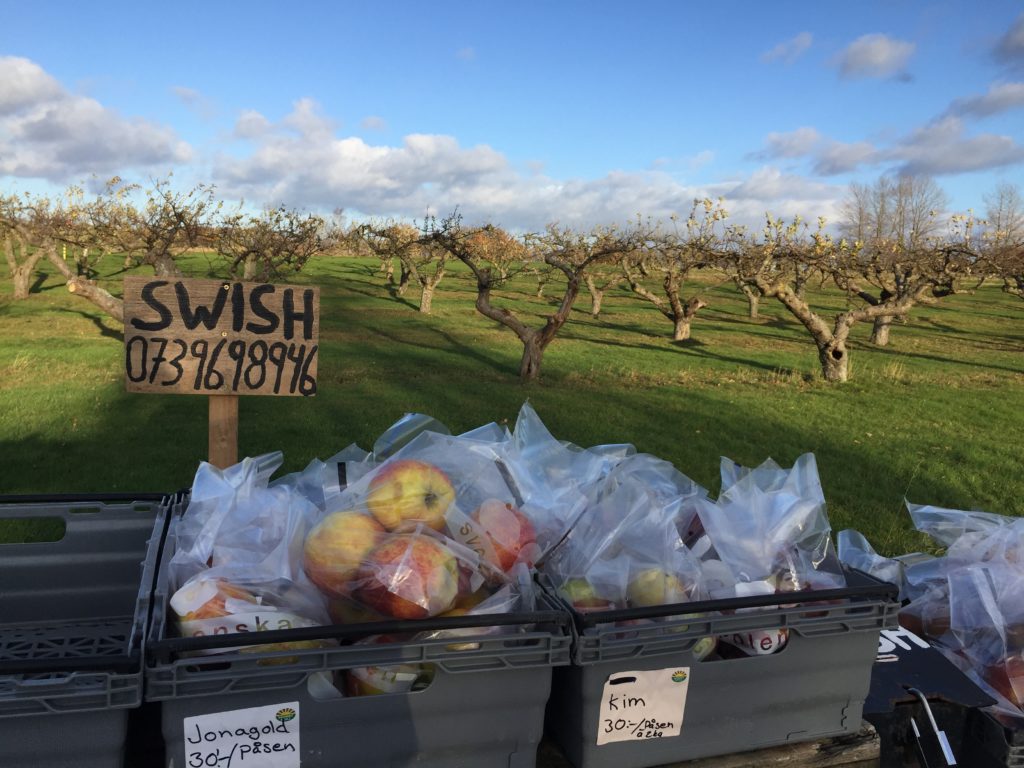
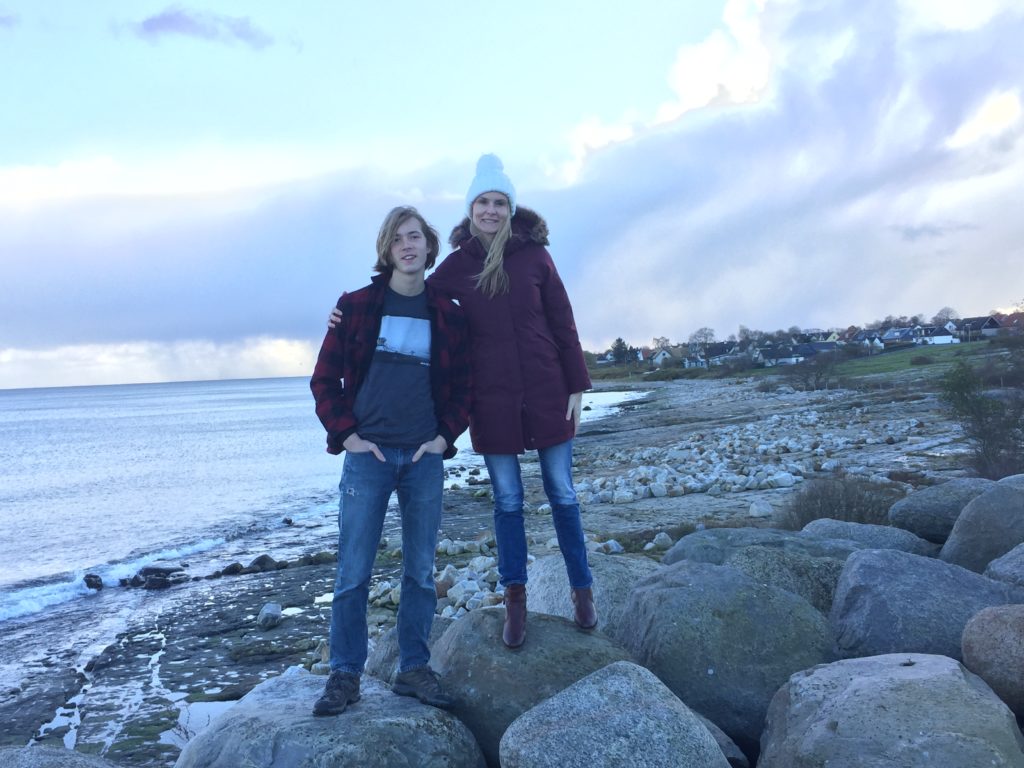
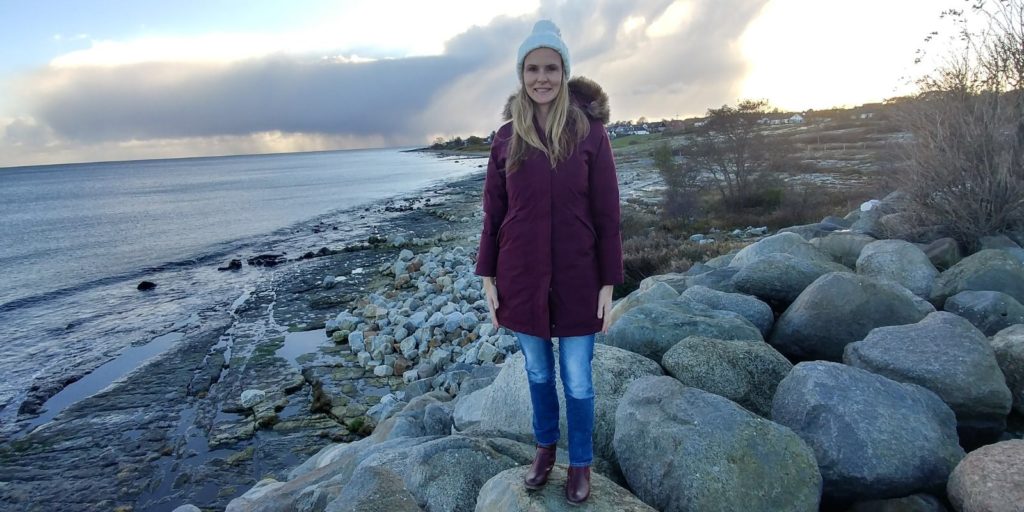



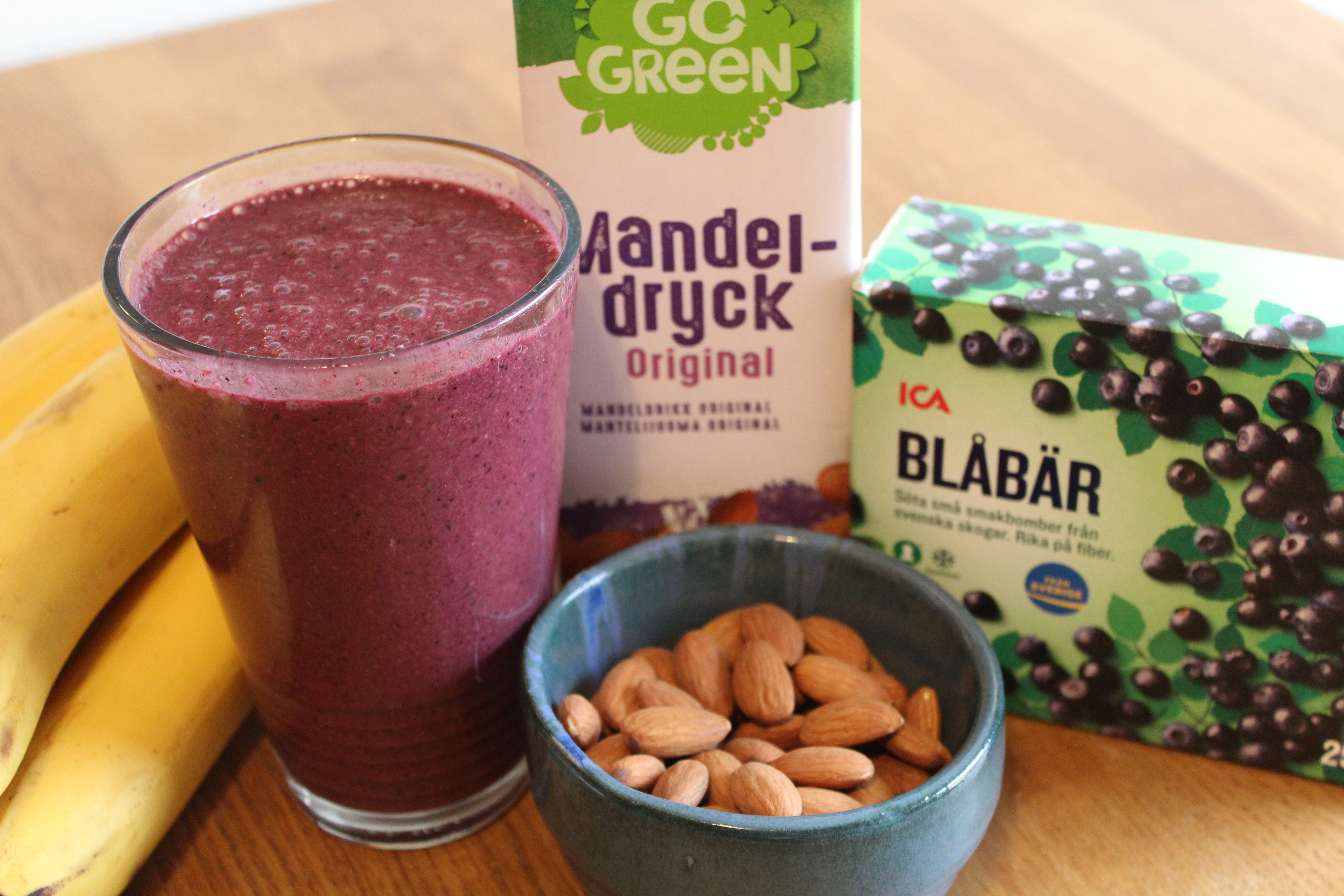 When we arrived in Malmö in June, I felt like I had survived a decluttering marathon. We had lived in our Malibu house for six years. Our kids had literally grown up there, as evidenced by the pencil scratched benchmarks on the kitchen doorway and the two closets full of toys in my son’s bedroom. Sorting through our accumulation of life was not easy.
When we arrived in Malmö in June, I felt like I had survived a decluttering marathon. We had lived in our Malibu house for six years. Our kids had literally grown up there, as evidenced by the pencil scratched benchmarks on the kitchen doorway and the two closets full of toys in my son’s bedroom. Sorting through our accumulation of life was not easy.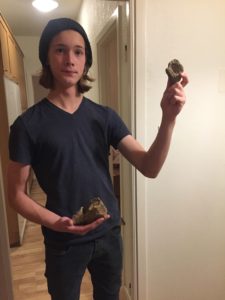
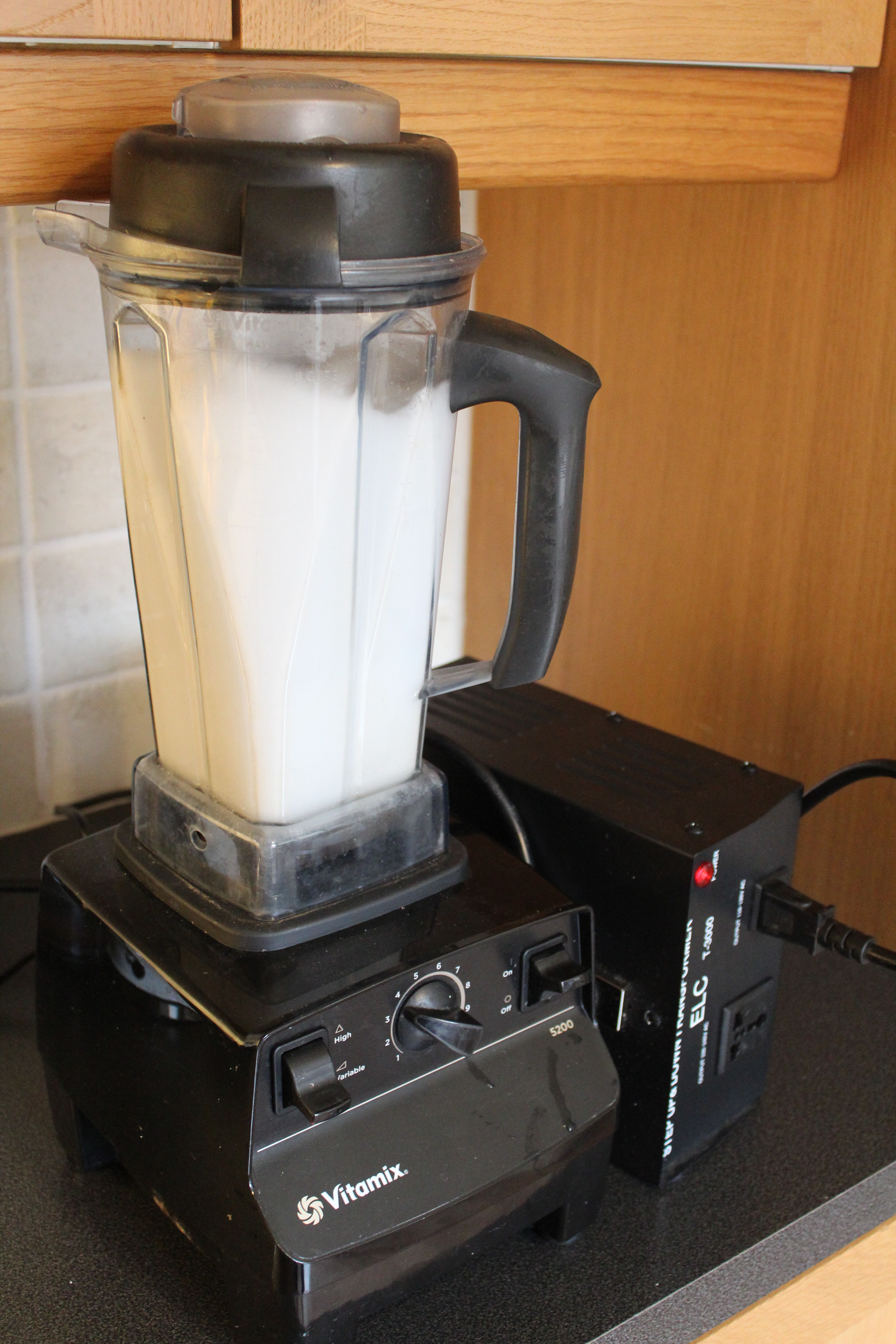 We had to get a huge transformer to make sure we did not burn out the Vitamix engine on the 230 volts piping through our electric outlets here, and after blowing a few power fuses, we have worked out a system to make it run in our Swedish kitchen. It works pretty well.
We had to get a huge transformer to make sure we did not burn out the Vitamix engine on the 230 volts piping through our electric outlets here, and after blowing a few power fuses, we have worked out a system to make it run in our Swedish kitchen. It works pretty well.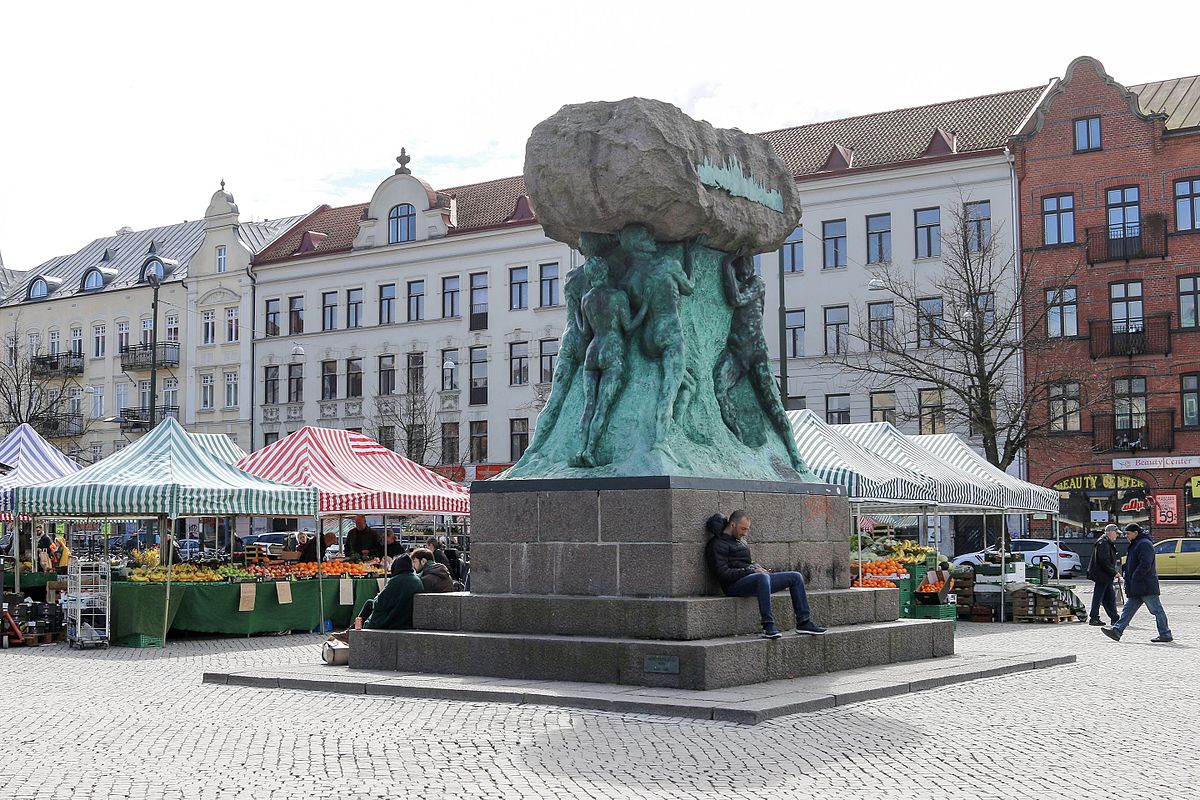 Möllevångstorget, a cobblestone square characterized by The Honor of Work, a giant statue of men and at least one woman holding up a giant rock embossed with the image of an industrialized city, is its own center of Malmö.
Möllevångstorget, a cobblestone square characterized by The Honor of Work, a giant statue of men and at least one woman holding up a giant rock embossed with the image of an industrialized city, is its own center of Malmö.